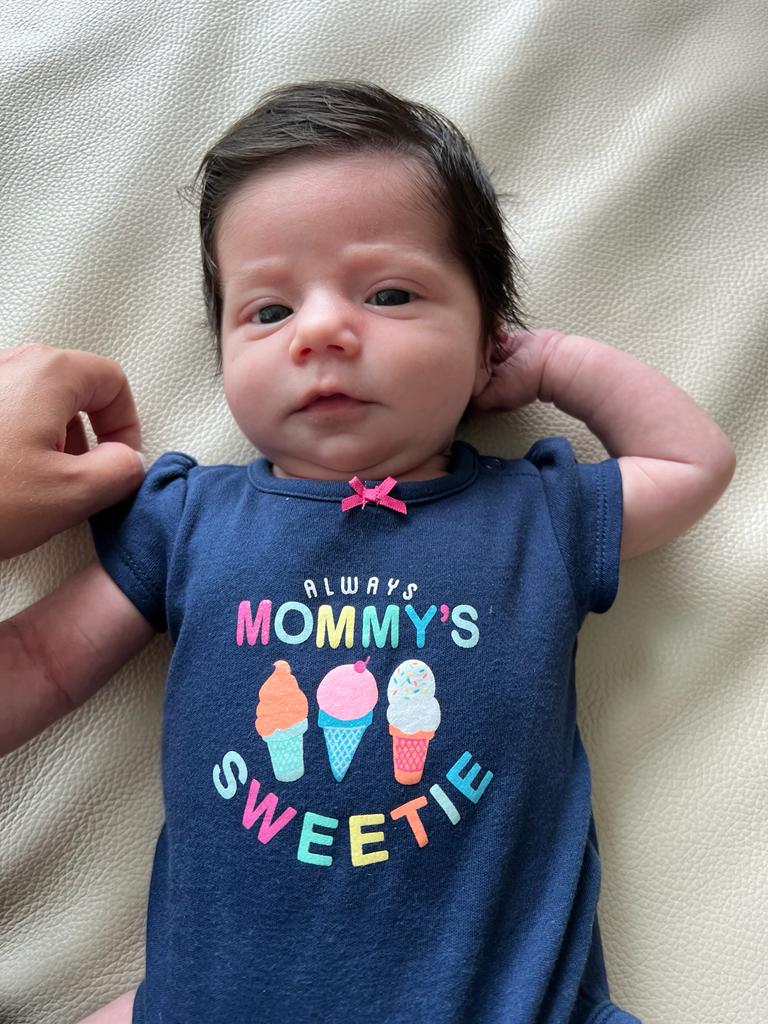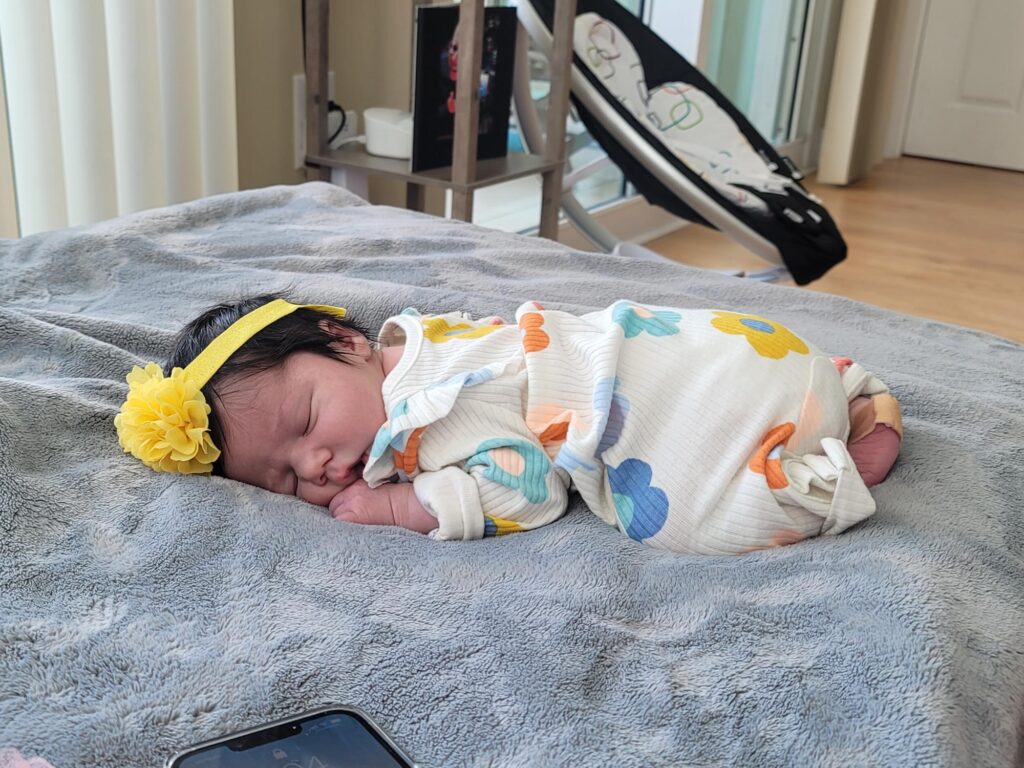“A budget is telling your money where to go instead of wondering where it went” – Dave Ramsey
Dear First Mates,
Howdy everyone? This is a special newsletter for me as I recently became a father. Diana and I welcomed Sophia Ashraf Warshaw into this world on 4/16/2022. I wrote a detailed Facebook post on her name’s meaning for those interested. If we’re not friends on Facebook, we should totally be friends! Having a kid is a real trip, I tell ya’!
There’s nothing like having a child to help you focus on budgeting. Yes, I understand many of us want to avoid this chore. Who wants to delay current gratification so that we can save for our future? But I hope to provide some insight on this not-so-fun but important topic.
Let’s start with extreme budgeting strategies popularized by the Financial Independence, Retire Early (“FIRE”) movement, and David Bach’s best-selling book, “The Latte Factor.”
The FIRE movement is about a lifestyle defined by frugality, extreme savings, and investment. Adherents save up to 70% of their annual income. The goal of FIRE is to retire super early, in your 30s or 40s, while having saved sufficient funds to live the life the investor desires.
One way to FIRE is to frequently utilize The Latte Factor, which is how small amounts of money regularly spent can cost far more than we can imagine over time. As you can see in the image below, ditching that $5 coffee and investing $5 instead can grow to a hefty sum!

These ideas can foster discipline, fiscal responsibility, and delayed gratification. All good stuff. However, I am not a big proponent of sacrificing today for an imaginary tomorrow. I want clients to live happily, as each day on Earth is a blessing. Worrying about the opportunity cost of each measly purchase is a significant burden.
Therefore, it can be beneficial to obtain clarity on your monthly spending. The first step is to know where the money goes each month – with no judgment involved. Just the facts! The next step is determining if you should curtail spending in a particular area to benefit another.
This part of budgeting ruffles some feathers because many people translate spending more into more happiness. While it may be true for some, happiness is ultimately about having options to do what you want, when you want, and where you want. Those options are found in saving and investing – the opposite of spending! In essence, a budget helps you:
1) figure out goals so you allocate to what’s most important
2) illuminate if your values are reflected in your spending
3) ensure you only save money that you have available
4) shed light on bad spending habits
5) take control of your spending, which can help reduce stress and worry
Tip: You don’t have to make a budget every month but rather when you feel like you are losing grip on spending or experiencing significant lifestyle changes. I’d rather you do a budget three times a year than never!
Here are five tips for budgeting glory:
1) 50/30/20 rule
The 50/20/30 rule provides a good starting point for your budget. It states that one should target 50% on housing, transportation, and food, 30% on discretionary spending, and 20% on savings for the future. 20% is a strong savings rate, but any number is better than zero!
When looking at purchases, you can also categorize them as one of the following:
1) I had to buy that
2) That was worth the cost
3) That wasn’t worth the cost
4) I can’t believe I spent that much money on that, or
5) I should not have bought that.
2) Owe-Grow-Live-Give
We can even make budgeting simpler and allocate your budget based on only these four categories:
Owe – debt and taxes
Grow – savings
Live – spending/lifestyle
Give – charity/family
3) Custom categories
If the Owe-Grow-Live-Give feels too high level or a more detailed plan appeals to you, I recommend creating around ten categories. While you can have 50 categories, I think more is less. The most common ones are:
1) Charity & Gifts
2) Clothing
3) Groceries & Dining Out
4) Education
5) Housing
6) Insurance
7) Medical
8) Products & Services
9) Taxes
10) Transportation (e.g., car payments, car maintenance, gas, and tolls)
11) Transfers
12) Travel
4) Leverage technology
Most people estimate their budgets using a back-of-the-envelope calculation in 5 minutes. This is a good start. Unfortunately, this calculation can be way off. Instead, I recommend using software to calculate your monthly expenses and automate the process. I use Monarch Money and couldn’t recommend it more! I think the time it takes you to learn the software and the minimal cost associated with it is well worth it! Other tools include Tiller & YNAB.
5) Work On The Big Savings
Some examples of big savings include:
– Buy term insurance instead of whole life
-Buy used vehicles and buy cars less frequently
-Change your cable plan (or cancel it)
-Change your phone plan
-Increase deductibles on your home and auto insurance (self-insure)
-Refinance your mortgage
-Refinance other loans
-Use a cash-back credit or rewards card
-Sell your home (only half-kidding!)
In conclusion, there are many practical reasons to perform a monthly or quarterly budget. As our incomes rise, what once was considered a lavish purchase becomes everyday necessities – a concept known as lifestyle creep. Therefore, budgeting is an ongoing process. The technology available today can help you budget smarter and quicker. Budgeting doesn’t have to be a dirty word but rather an illuminating task that fosters more thoughtful monthly spending.
Resources:
Budget Checklist
Cash Flow Organizer
Dave’s Picks
What We Wear at -71°C (-95°F)? Yakutia, Siberia
Tom Odell “Heal” – Live aux studios RFM
This Is How To Have A Long Awesome Life by Barking Up The Wrong Tree
Dave is a New Dad
Diana (mom)- you are a rockstar and I love you very much! Sophia says hi everybody! She definitely doesn’t have Daddy’s hair color!





